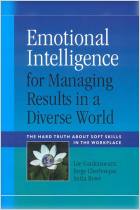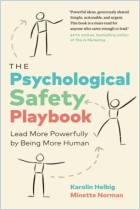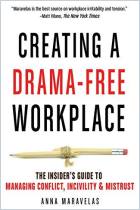Every office has an emotional culture. Consultant Liz Fosslien and organizational designer Mollie West Duffy explain why everyone needs to recognize and manage theirs. With charming illustrations and clear prose, they provide straightforward guidelines on “relevant and irrelevant emotions” and communication techniques. The authors provide additional resources about gender, race, age and cultural issues. Their checklists include how to observe and overcome unhelpful emotional behaviors and biases, and will make you more self-aware as an engaged team member or leader.
Emotional intelligence, regulation and agility are useful skills.
People with emotional intelligence manage conflict and lead more successfully. They recognize their emotions and know when to share them. “Emotional regulation” means having control of how your emotions affect your life. Learning to appraise an emotion to determine if it is relevant means being able to reframe a situation. By shifting where you direct your attention, you can compartmentalize an emotion that isn’t serving you. That enables “response control,” the ability to change how you respond, such as learning not to laugh at or explode at a colleague.
“Emotional agility” requires noticing emotions most people prefer to ignore. Label those feelings and expand your vocabulary for emotions. Malu, for example, is an Indonesian word of the Dusun Baguk people that acknowledges feelings of awkwardness around those with authority and power. Identifying a feeling enables reflection on why it arose. Then you can articulate the need that feeling reveals. This keeps you on track to improvement and success.
Taking breaks improves productivity.
People identify with their...























Comment on this summary or Start Discussion